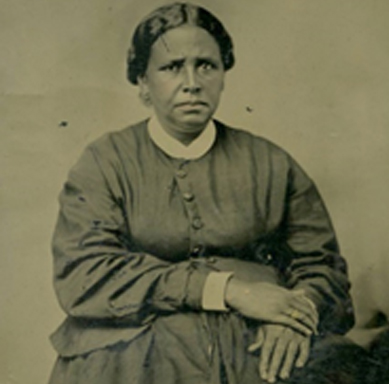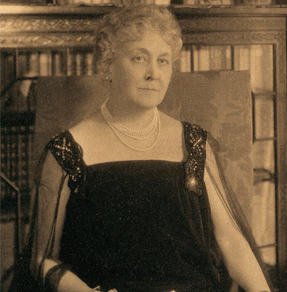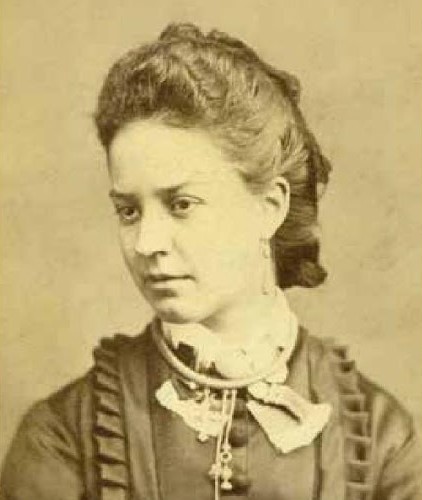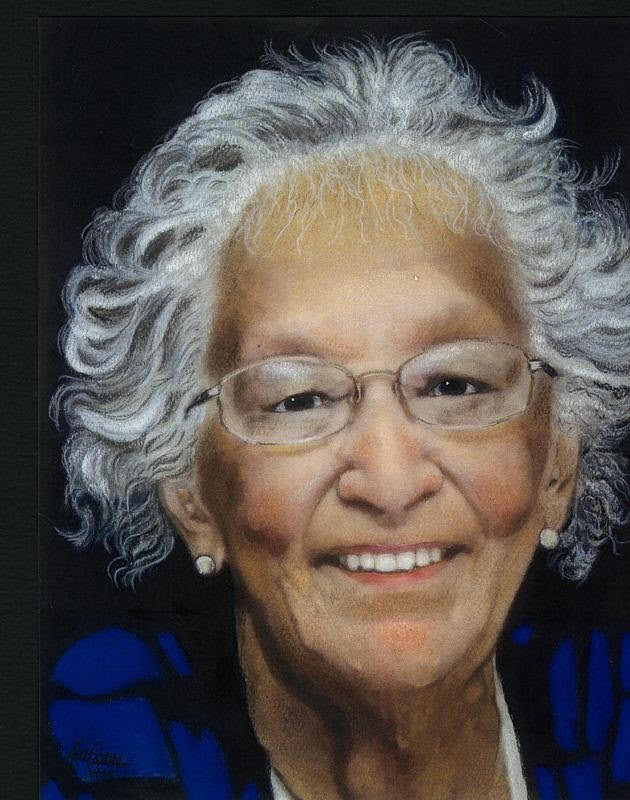Known as “Marion’s Fairy Godmother,” Elizabeth Sprague Pitcher Taber (1791-1888) became the town’s most significant benefactress. She used her wealth to “put some snap” back into her hometown. Elizabeth funded the town’s library, First Congregational Church Chapel, and Marion Music Hall. In 1876, at the age of 85, she founded Tabor Academy.
Elizabeth Sprague Pitcher Taber (1791-1888) became the town of Marion’s most significant benefactress. She eventually became known as “Marion’s Fairy Godmother,” despite her age, public suspicion, and little appreciation during her lifetime.
Born in Marion in 1791, Elizabeth spent her childhood along the Sippican Harbor and attended the Sippican Seminary, Marion’s only high school at the time. She taught in Marion before marrying clockmaker Stephen Taber and settling in New Bedford, where her husband prospered in his craft and through investments. Elizabeth’s three children all died before age six, and Stephen died after the Civil War. After his death, she lived in seclusion in their County Street home. Elizabeth amassed a considerable fortune through her own wise investments in railroads and mills. At the age of 81, she suddenly returned to Marion as a wealthy and intelligent woman with big plans for its resurgence. Dressed in mourning black and occasionally smoking a pipe, Elizabeth was ready to use her wealth to “put some snap” back into her hometown. Many townspeople questioned her intentions and resisted her ideas for change.
With resources and determination, Elizabeth brought Marion out of its stagnation and into a revitalization in culture and education. In 1872, she bought 10 acres of land and provided $4,000 for a Victorian building to house the town’s library on its first floor and a natural history museum on its second floor. She also provided a $15,000 library endowment as well as $6,000 for the museum. After her death, the town’s library was named the Elizabeth Taber Library, and the Marion Natural History Museum remains on its second floor. A deeply religious woman, Elizabeth next ordered the construction of the First Congregational Church Chapel. She also funded the construction of Marion Music Hall, donated to Evergreen Cemetery and provided $20,000 for Lower Village improvements.
Elizabeth’s contribution to education is perhaps her most profound philanthropy. In 1876, at the age of 85, she founded Tabor Academy, naming it after Mount Tabor in Palestine rather than after herself. Beginning in 1875, she funded and oversaw construction of Tabor Academy’s original two Victorian buildings on the corner of Spring and Main Streets. Elizabeth wanted “to provide better and more complete facilities for the thorough education and training of youth in the higher branches,” so she hired Yale graduate Clark P. Howland as headmaster and opened Tabor Academy as a private school for boys and girls over 12 years of age. Elizabeth, at 87, and Clark, at 28, collaborated to develop the school’s first curriculum and rules for conduct. On September 13, 1877, Tabor Academy welcomed its first class of 21 students. For its first 20 years, students, mostly women, were predominantly from Marion and surrounding towns. Ever mindful of her beloved birthplace, Elizabeth stipulated that Marion residents would receive free education at Tabor Academy. In her will, Elizabeth also had the foresight to remind Tabor Academy to be flexible so that “the nature of the branches and character of the instruction given shall from time to time be modified … the character of the school itself should also be gradually elevated and its scope enlarged. . . .” Her call for constant improvement was certainly followed when Headmaster Walter Lillard moved Tabor from its “in town” location to its present setting near the sea by the middle 1930s. Elizabeth’s influence is evident today in Tabor Academy’s global focus through international study, travel, exchange and service programs.
Elizabeth died at the age of 97 in 1888 and was buried in her husband’s hometown, Acushnet, alongside Stephen and their three children. It is estimated that her fortune had been close to a half million dollars, nearly all gifted to the town of Marion and Tabor Academy in buildings, endowments and railroad stock. In September 2015, Elizabeth was honored for her contributions to Marion and Tabor in a ceremony at her Acushnet grave, where many gathered to sing “Tabor Academy Alma Mater,” the school song. That same year, on the first weekend of October, her contributions were celebrated during the Elizabeth Taber Gala Weekend, which included the 125th anniversary celebration of the Marion Music Hall with three performances of “Our Fair Lady,” a retelling of Elizabeth’s life in an original musical written and directed by Barbara Gee in collaboration with music director Cassandra Morgan. That same weekend, the Congregational Church featured speaker was Tabor Academy Headmaster John Quirk, who stated, “It is for this that we thank her today – for having that providence, a creative vision . . . Such have Elizabeth Taber’s gifts multiplied – beautiful buildings, kind and generous ambitions, lessons on how to be a good neighbor and a good person. These still grow. We are privileged to tend them, and grateful for the bounty.”
![Sculptor: Durant, Erik; Photographer: Pollard, Aidan, Sippican Week, “[Elizabeth Taber Statue in Bicentennial Park, Marion, MA]” 2020. Photograph, Courtesy of Aidan Pollard, Sippican Week.](https://historicwomensouthcoast.org/wp-content/uploads/2018/05/ElizabethTaberStatue-SippicanWeek-300x200.jpeg)
photography credit: Aidan Pollard, Sippican Week
Ann O’Leary, Emily Bourne Research Fellow
Information from
-
Bowles, Sandy Quadros. “Elizabeth Taber, Benefactor of Marion, Honored at Graveside Ceremony.” SouthCoast Today, 9 Sept. 2015, http://www.southcoasttoday.com/article/20150909/NEWS/150909374.
-
“History.” Tabor Academy, https://www.taboracademy.org/page/about-us/history.
-
“History of Marion, Massachusetts.” Sippican Historical Society, 2016, http://sippicanhistoricalsociety.org/marion-history/.
-
“A History of the Museum.” Marion Natural History Museum, http://www.marionmuseum.org/history.php.\
-
Pangaro, Lawrence P. “Elizabeth Taber: Marion’s Fairy Godmother.” Sippican 76. Marion Bicentennial Commission, 1976.
-
Reagle, Chris. “Elizabeth Taber: Marion Thanks Its Major Benefactress with Weekend-Long Homage.” The Patriot Ledger, 13 Oct. 2015, http://www.patriotledger.com/
article/20151013/news/ 151019928.
![[Elizabeth Taber], c. 19th century, Painting, Courtesy of Elizabeth Taber Library Painting of Elizabeth Taber - woman with dark hair in an up-do. She has on a dark dress with a white collar and a light-color bonnet with a bow. She has her hands crossed in front of her.](https://historicwomensouthcoast.org/wp-content/uploads/2018/05/Elizabeth-Taber-182x182.jpg)




